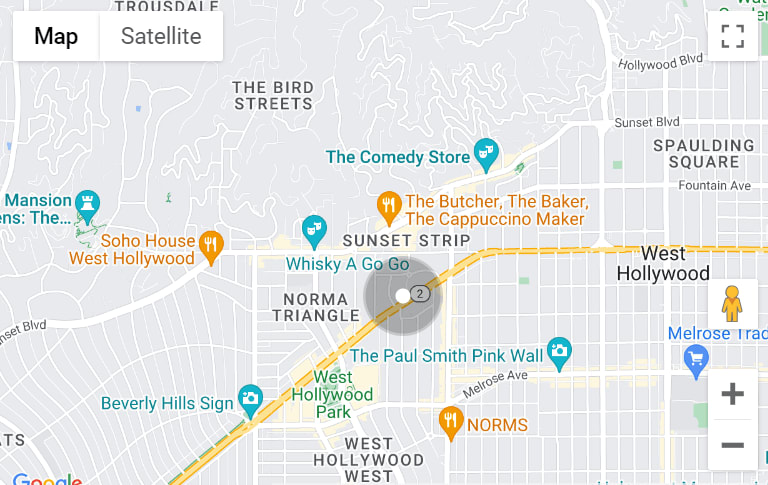The real estate industry is one of the largest sectors of the US economy and a barometer of our country’s economic health. Additionally, the strength of the market can have a direct effect on the personal wealth and liquidity of current homeowners. For those interested in buying or selling a home, understanding the direction of the market is crucial to making an informed decision. For these reasons, what is going on in real estate should be of interest to us all.
We determine the strength and direction of the market by following key indicators. These figures drive home prices and reflect a buyer’s ability and interest in purchasing a home. Understanding how and why inventory, interest rates, and closings affect the market can paint a clear picture of where pricing and demand are headed.
As in any market, supply and demand are key. When supply is low, housing prices tend to increase. If demand is high in a specific area due to a strong job market, good schools, favorable tax policies, or mild weather, prices can be elevated, even with adequate supply. The Washington DC Metro area has both low inventory and high demand due to a strong job market and the transitory nature of government jobs.
Housing inventory is measured by months of supply: how long it will take current active properties to sell if no new supply is added. This is calculated by dividing the current inventory by the current demand rate, measured as closed sales. It is helpful to remember that it takes 30 – 60 days from the time a contract is signed to settlement, making this a lagging indicator. According to BRIGHT MLS, in October, the Washington DC metro area had 5,596 new listings, bringing active listings up to 7,976. This is a 28% decrease in new listings from last year, but a 4% increase in total listings, meaning inventory is staying on the market longer. A balanced market typically has 6 months of supply. Our area has 1.42 months of supply, a 23.5% increase from last year. Even with the increase, DC Metro is a sellers’ market.
Interest rates greatly affect the market. Housing inventory is made up of resales (existing home sales) and new construction. When interest rates are high, current owners have little incentive to forgo their current lower rates, and generally tend to stay put. Higher interest rates also deter builders from starting new projects, decreasing new active listings. Typically, 75% of new homes are sold before completion, covering a builder’s costs. However, higher interest rates can force builders to lower prices to protect their balance sheets. According to the National Association of Home Builders, a recent survey found that more than half of builders are offering incentives to move current inventory. 24% of builders reported reducing home prices. But new builds are selling quickly.
An analysis of closed sales makes it clear that the market is slowing. Closings in October were down 36% from last year. These are contracts that were signed in late summer. Pending sales are down 41% from October 2021. Median days on market (DOM) which tracks how long it takes a home to sell from the day it goes on the market to when a contract is signed, has increased 6 days from last year to 15, yet the median price has increased 3%.
Taken together, these indicators show that the market is already in a slowdown and is likely to continue on this track. Because of DC’s strong economic and job market, the median price has increased, even as inventory increases. This may be good news for both buyers and sellers. Sellers continue to see their assets grow in value, and buyers may be able to find some opportunity in new builds and homes that have been on the market for a longer time.
It is a crazy, frustrating and contradictory market, and we can help you navigate it effectively. Please reach out if we can be of help.
